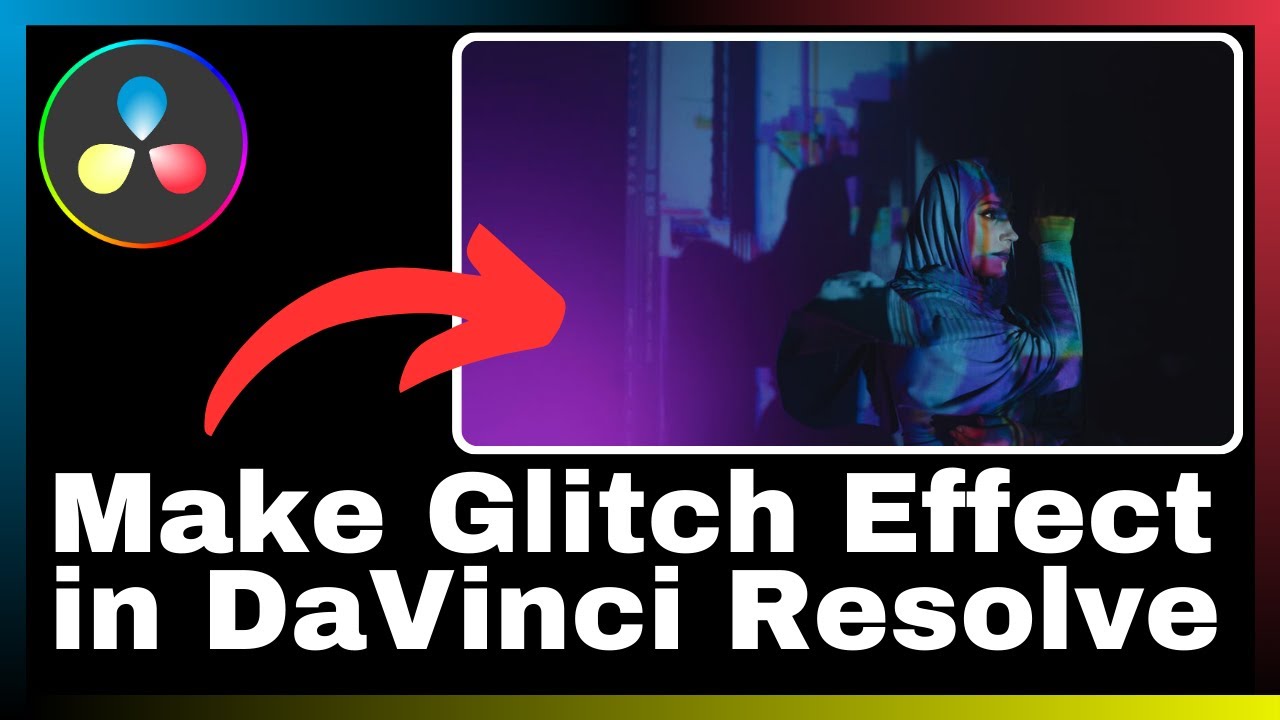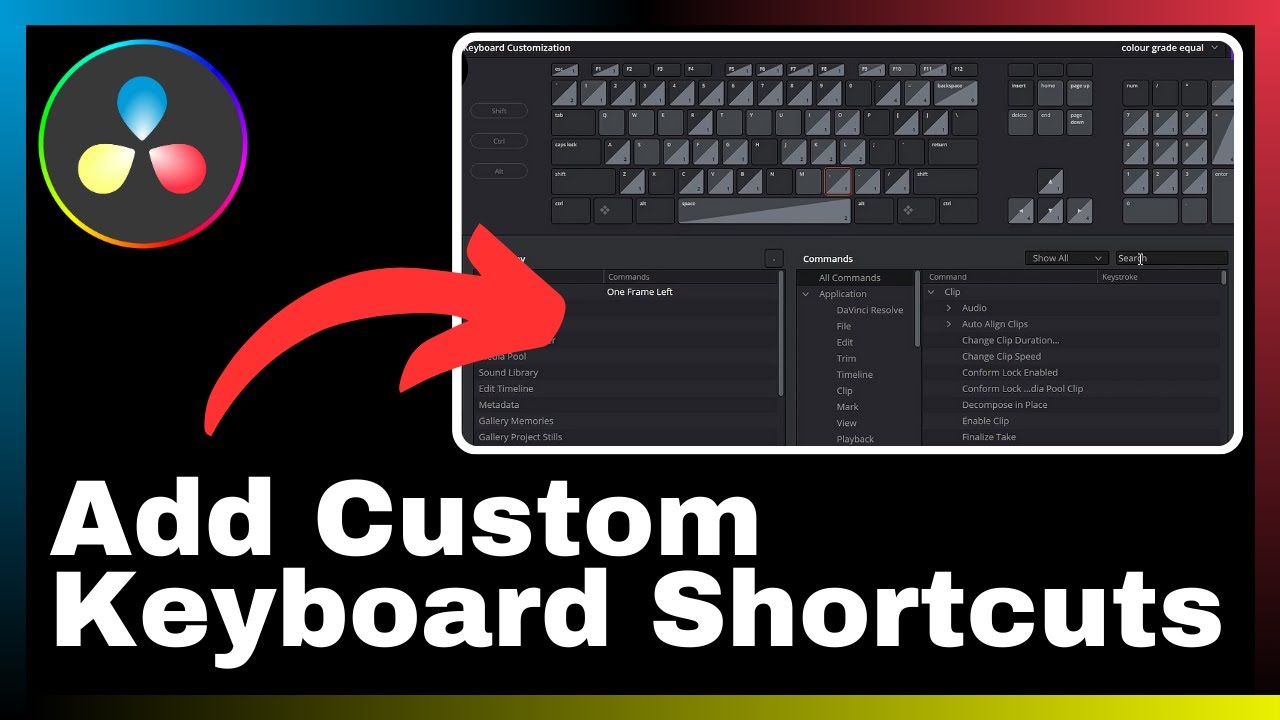Discover how to add a realistic camera shake effect to your videos in DaVinci Resolve with the help of Media Magnet Guide. In this tutorial, we will guide you through the process of creating immersive camera shake effects that will enhance the visual experience of your videos. DaVinci Resolve is a comprehensive software that combines video editing, color correction, visual effects, and audio post-production capabilities, making it a popular choice for professionals and beginners alike. Join us as we explore the tools and techniques that will allow you to create captivating and dynamic videos using DaVinci Resolve. Whether you are a seasoned editor or just starting out, this tutorial will provide you with valuable tips and tricks to elevate your video editing skills.
Understanding DaVinci Resolve
Basics of DaVinci Resolve
DaVinci Resolve is a comprehensive software that encompasses video editing, color correction, visual effects, and audio post-production. It caters to the needs of both professionals and beginners, offering a wide range of tools for projects of all sizes and complexities. With its user-friendly interface and powerful features, DaVinci Resolve has become a popular choice in the industry.
Key features of DaVinci Resolve
Some of the key features of DaVinci Resolve include advanced color grading capabilities, multi-camera editing, motion graphics, and audio mixing. It also offers collaboration tools, allowing multiple users to work on a project simultaneously. DaVinci Resolve’s robust rendering engine ensures smooth playback and efficient processing, even when handling high-resolution footage. Overall, it provides a comprehensive solution for all aspects of video production.
Introduction to the Camera shake effect
Explaining camera shakes
Camera shakes are a common technique used in video editing to add a sense of realism and dynamic movement to a scene. They mimic the natural movement of a handheld camera, creating a more immersive experience for the viewer. Camera shakes can be subtle or pronounced, depending on the desired effect and the context of the scene. They are often used in action sequences, suspenseful moments, or to convey a documentary-style atmosphere.
Usefulness of camera shakes in video editing
Camera shakes serve multiple purposes in video editing. Firstly, they can enhance the visual impact of a scene, making it more engaging and exciting. They can also help convey a specific emotion or mood, such as uneasiness or chaos. Additionally, camera shakes can be used to hide cuts or create seamless transitions between shots, especially when working with footage from different sources or angles. Overall, camera shakes are a valuable tool in a video editor’s arsenal for adding depth and realism to their projects.
Importing Your Video into DaVinci Resolve
Opening DaVinci Resolve
To start importing your video into DaVinci Resolve, you need to open the software. Locate the DaVinci Resolve application on your computer and double-click on it to launch the program. Once opened, you will be greeted with the main interface of DaVinci Resolve, ready to begin your editing process.
Steps for importing video
- Click on the “Media” tab located at the bottom of the interface.
- In the Media tab, click on the “Import Media” button.
- A file browser will appear, allowing you to navigate to the location of your video file.
- Select the video file you wish to import and click on the “Open” button.
- The selected video file will now appear in the Media Pool section of the interface, ready to be used in your project.

Navigating the DaVinci Resolve interface
Basic layout of DaVinci Resolve
DaVinci Resolve features a user-friendly interface that is divided into different sections for efficient workflow. The main sections include the Media Pool, Edit Page, Fusion Page, Color Page, Fairlight Page, and Deliver Page. Each section serves a specific purpose and can be accessed through the tabs located at the bottom of the interface.
Key tool locations
- Media Pool: Located at the top left corner, this is where your imported media files are stored and organized.
- Edit Page: Located next to the Media Pool, this is where you arrange and edit your video clips on a timeline.
- Fusion Page: Located next to the Edit Page, this is where you can create complex visual effects and motion graphics.
- Color Page: Located next to the Fusion Page, this is where you can perform advanced color grading and correction on your footage.
- Fairlight Page: Located next to the Color Page, this is where you can fine-tune the audio of your project.
- Deliver Page: Located at the top right corner, this is where you can render and export your final video.
Creating a New Composition
Steps for creating a new composition
- Open DaVinci Resolve and select the desired project from the Project Manager.
- Click on the “Edit” tab located at the bottom of the interface.
- In the Edit Page, click on the “Timeline” button to create a new timeline.
- A dialog box will appear, allowing you to customize the settings of your composition.
- Enter the desired name for your composition and adjust the resolution, frame rate, and other settings as needed.
- Click on the “Create” button to create the new composition.
Choosing the right settings for your composition
When creating a new composition, it is important to choose the right settings that match the requirements of your project. Consider factors such as the intended delivery platform, aspect ratio, and frame rate. For example, if you are creating a video for YouTube, you might choose a resolution of 1920×1080 (1080p) with a frame rate of 30 frames per second. Make sure to also consider the technical specifications of your source footage, as mismatched settings can result in visual inconsistencies or playback issues.
Applying the Camera shake effect on DaVinci Resolve
Finding the camera shake effect
To apply the camera shake effect in DaVinci Resolve, you need to access the Fusion Page. Click on the “Fusion” tab located at the bottom of the interface to switch to the Fusion Page. Once in the Fusion Page, you can locate the camera shake effect in the Effects Library panel. Expand the “Effects” folder and navigate to the “Image” category. Within the “Image” category, you should find the camera shake effect.
Understanding the effect settings
Once you have applied the camera shake effect to a clip or composition, you can adjust its settings in the Inspector panel. The Inspector panel is located on the right side of the interface and provides a detailed overview of the selected effect’s parameters. The camera shake effect settings typically include options to adjust the amount or intensity of the shake, as well as controls for frequency, direction, and randomness. Experiment with these settings to achieve the desired camera shake effect for your scene.
Adjusting the Camera Shake Parameters
The role of different parameters
The camera shake effect in DaVinci Resolve offers various parameters that allow you to fine-tune the characteristics of the shake. Here are some key parameters and their roles:
- Amount/Intensity: Controls the strength or magnitude of the camera shake effect.
- Frequency: Determines the speed or rate at which the camera shakes occur.
- Direction: Sets the movement direction of the camera shake effect (e.g., vertical, horizontal, rotational).
- Randomness: Adds a random variation to the camera shake, making it more natural and organic.
These parameters work together to create a realistic camera shake effect that mimics the motion of a handheld camera.
Balancing the effect for realism
When adjusting the camera shake parameters, it is crucial to find the right balance between realism and exaggerated movement. While subtle shakes can enhance a scene’s authenticity, excessive shaking can distract the viewer and detract from the overall viewing experience. Pay attention to the context of the scene and use the camera shake effect judiciously. Experiment with different settings and preview the effect to gauge its impact before finalizing your adjustments.
Previewing and Adjusting the camera shake
Previewing the effect on your video
To preview the camera shake effect on your video, you can use the playback controls in the Edit Page. Locate the playback controls at the bottom of the interface and use the play button to preview your entire composition or the selected video clip. As the video plays, you can observe how the camera shake effect interacts with your footage and make necessary adjustments if needed.
Fine-tuning adjustments for the optimal result
Previewing the camera shake effect provides valuable insights into its impact on your video. You can fine-tune the effect by making adjustments to the parameters in the Inspector panel, as discussed earlier. Pay attention to the timing and synchronization of the effect with the content of your scene. Consider elements such as camera movement, subject position, and narrative flow when refining the camera shake parameters. Continuously preview and fine-tune until you achieve the desired result.
Rendering and Exporting Your Video
How to do the rendering process
Rendering and exporting your video in DaVinci Resolve is a straightforward process. Once you are satisfied with your edited composition, follow these steps to render and export your video:
- Click on the “Deliver” tab located at the bottom of the interface.
- In the Deliver Page, you will find various options to configure your export settings.
- Customize the export settings according to your preferences, such as choosing the desired video format, codec, resolution, and audio settings.
- Specify the output destination for your rendered video file.
- Click on the “Start Render” button to initiate the rendering process.
- DaVinci Resolve will now render your video and save it to the specified output location.
Export settings optimal for preserving the effect
When exporting your video to preserve the camera shake effect, it is essential to choose export settings that maintain the quality and integrity of the effect. Consider exporting your video in a high-quality format, such as ProRes or H.264, with a sufficiently high bitrate. Ensure that the resolution and aspect ratio match your composition settings to avoid any distortion. By selecting appropriate export settings, you can ensure that the camera shake effect remains intact when viewed on various platforms or devices.
Conclusion
Recap of steps to add camera shake effect
In this comprehensive guide, we explored the process of adding a realistic camera shake effect in DaVinci Resolve. We covered the basics of DaVinci Resolve, the usefulness of camera shakes in video editing, and the steps to import your video into the software. We also discussed the layout of DaVinci Resolve’s interface and the process of creating a new composition. Additionally, we delved into applying and adjusting the camera shake effect, as well as previewing, fine-tuning, rendering, and exporting your final video.
Advice for further practice and exploration
To further enhance your skills in applying camera shake effects and mastering DaVinci Resolve, we encourage you to practice and explore different techniques. Experiment with different parameters, explore additional effects and editing tools, and analyze professional examples to deepen your understanding of camera shakes and their creative applications. DaVinci Resolve offers a vast array of capabilities, and with practice, you can leverage its features to create captivating and visually compelling videos. Keep learning, experimenting, and pushing the boundaries of your video editing skills.


























